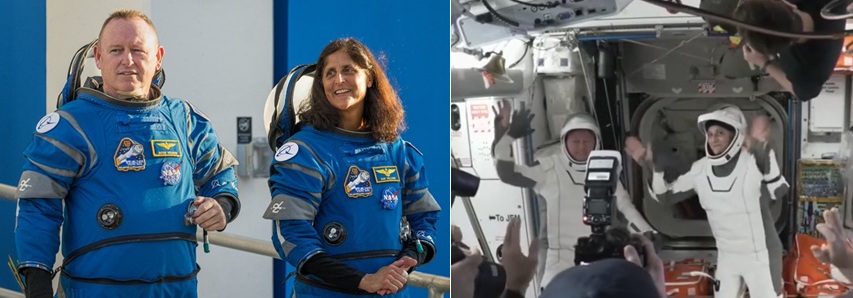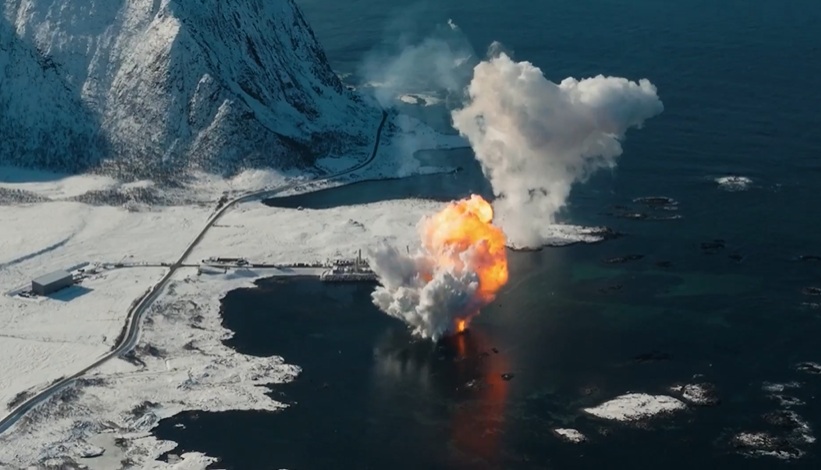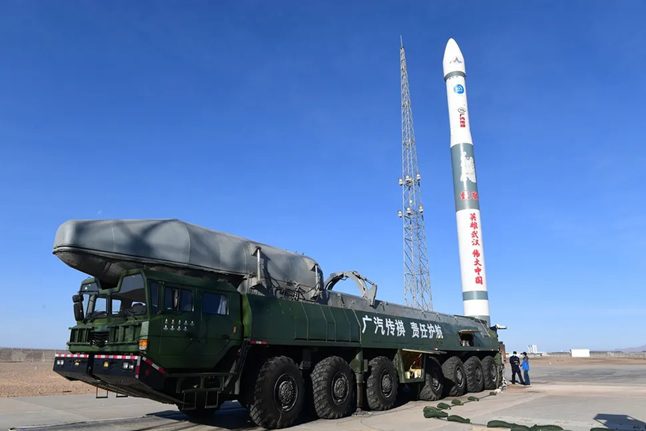Firefly Blue Ghost 1, the lunar lander owned and operated by Firefly Aerospace, made a successful touchdown on the Moon on 2 March. Just four days later another commercial lunar lander, IM-2 Athena, made its own ill-fated attempt to land on Earth’s natural satellite. IM-2 Athena was operated by Intuitive Machines and its mission was sponsored by NASA.

Blue Ghost lander’s shadow on the Moon is imaged by itself. Firefly Aerospace
The ties that bind
Blue Ghost 1 is the second unmanned commercial lunar lander funded by NASA’s Commercial Lunar Payload Services Programme (CLPS). The first, Intuitive Machines lander IM-1 Odysseus, was only partially successful because it tipped over upon its touchdown on the Moon on 22 February last year. The craft had snapped its landing gear, preventing some of its payloads from working.
Blue Ghost 1
Blue Ghost 1 had been in a low 106 km circular orbit around the Moon when, at 0800 GMT, it made a successful (DOI) burn to put it into a 100 x 20 km lunar orbit. At 0822 GMT the lander began its powered descent into the Mare Crisium (Sea of Crises), approaching it from the south.
Using a vision-based terrain navigation system, Blue Ghost then shifted into a vertical orientation. It landed in the Mons Latreille region of the Mare Crisium (at 18.6N 61.8E) at about 0834 GMT.
https://x.com/Firefly_Space/status/1896980472304910772
https://x.com/i/status/1896980472304910772
The lander was carrying 10 NASA science and technology experiments which it was supposed to use over the next 14 Earth days – one full lunar day. The surface operations include lunar subsurface drilling, sample collection, X-ray imaging and dust mitigation experiments.
Firefly captured high-definition imagery of a total eclipse when the Earth blocked the sun above the Moon’s horizon on 14 March. In an official post with an image of the solar eclipse diamond ring effect, Firefly noted that the photos marked the first time a commercial company was actively operating on the Moon and able to observe such an event. Two days later Blue Ghost was due to capture the lunar sunset, providing data on how lunar dust levitates due to solar influences. This creates a lunar horizon glow, a phenomenon first documented by NASA astronaut Gene Cernan on Apollo 17. Following the sunset on 16 March, according to Firefly Aerospace, Blue Ghost operated several hours into the lunar night, continuing to capture imagery that observes how levitating dust behaviour changes after the sunset.
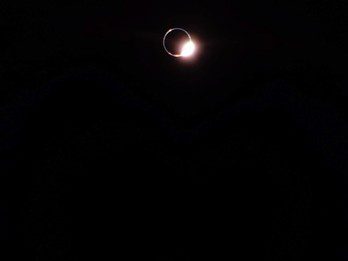
Blue Ghost had one of the best views of the diamond ring effect during a total solar eclipse. Courtesy: Firefly Aerospace
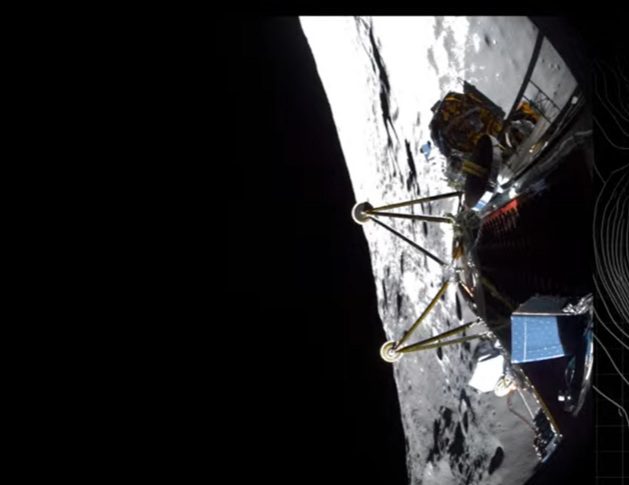
Image of IM-2 Athena close to landing. Courtesy: NASA TV/Intuitive Machines
What happened this time?
During its descent the laser altimetry system was noted as being ‘noisy’ and this may have affected later manoeuvres. The final phase of IM-2 Athena’s descent was supposed to have an attitude move to a vertical orientation for the landing. It has yet to be confirmed if this took place.
The Inertial Measurement Unit (IMU) apparently measured the craft as being in the Z- horizontal position before landing. Ground control briefly thought it was vertical after touching down as the landing engine chamber pressure readings were showing signs of it being in idle mode. This was later discounted.
When news of this second lunar landing partial failure came out, Intuitive Machines’ stock price dropped from being over US$13 the day before to US$8 a share.
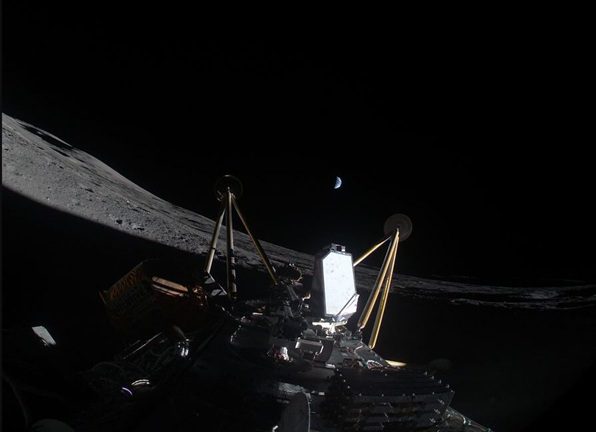
View from ‘landed’ IM-2 Athena on its back. Courtesy: Intuitive Machines
Update on 18 March: Blue Ghost 1 was retired after its final transmission at 0015 GMT on 17 March after over 14 Earth days (equivalent to one lunar day) of operations in sunlight and an additional five hours after the sunset at the Mare Crisium landing site. The spacecraft successfully lasted one lunar day on the surface during its mission.

